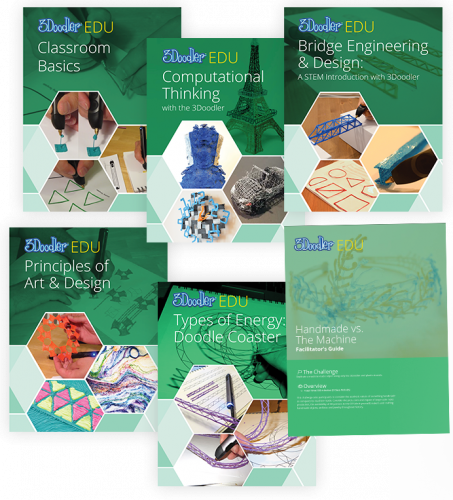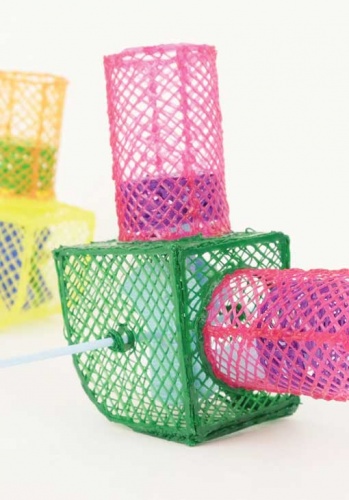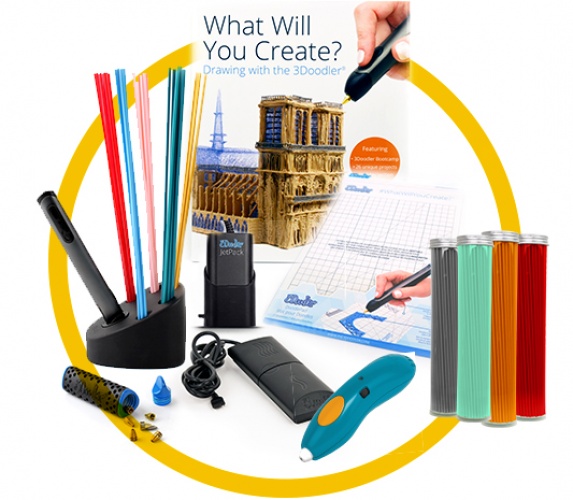Use digital tools and/or mathematical concepts and arguments to test and compare proposed solutions to an engineering design problem.
Undertake a design project, engaging in the design cycle, to construct and/or implement a solution that meets specific design criteria and constraints.
Evaluate competing design solutions based on jointly developed and agreed-upon design criteria.
Design, evaluate, and/or refine a solution to a complex real-world problem, based on scientific knowledge, student-generated sources of evidence, prioritized criteria, and tradeoff considerations.
Use a model to test cause and effect relationships or interactions concerning the functioning of a natural or designed system.
Test two different models of the same proposed object, tool, or process to determine which better meets criteria for success.
Define a simple design problem that can be solved through the development of an object, tool, process, or system and includes several criteria for success and constraints on materials, time, or cost.
Understand that structures can be designed to serve particular functions by taking into account properties of different materials, and how materials can be shaped and used.
Strengthening the interest in handicrafts and inspiring inventive, experimental and local craftsmanship.
Practicing to develop models (i.e., diagram, drawing, physical replica, diorama, dramatization, or storyboard) that represent concrete events or design solutions related with Interdependent Relationships in Ecosystems.
Inspiring to express observations and ideas differently by means of pictorial production.
Inspiring to critically assess people's consumption and production practices.
Inspiring to create pictures based on examination of own living environment, different times and different cultures.
Inspiring student to experiment with different materials and techniques as well as practicing pictorial expression.
Guiding to interactively evaluate, analyse, and appreciate own and others whole handicraft process.
Guiding to design and manufacture alone or together a handicraft products, relying on their own aesthetic and technical solutions.
Guiding the student to perceive and master a whole handicraft process and its documentation.
Encouraging to take the cultural diversity and sustainable development into account in the visual expressions.
Encouraging to persistent pictorial work alone and together with others.
Encouraging to observe art, the environment and visual culture through multisensory activities and creating own pieces.






User reviews for 3Doodler
You need to log in to post a review.